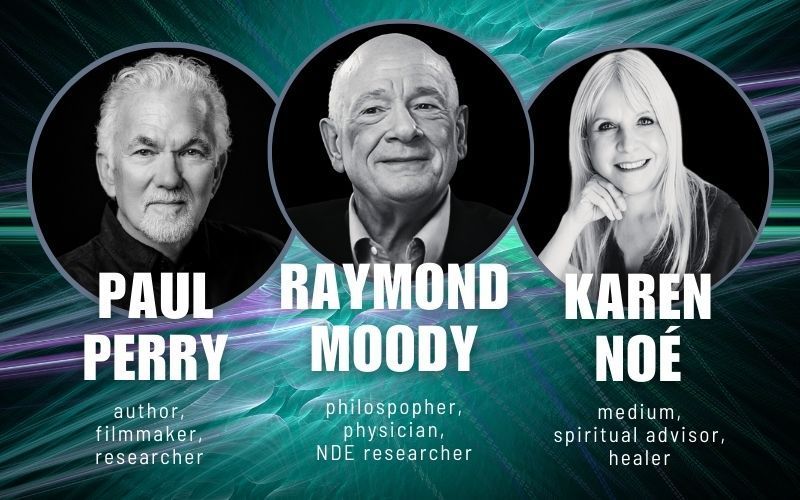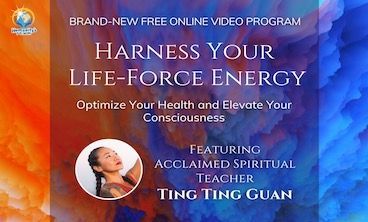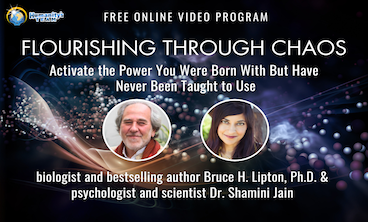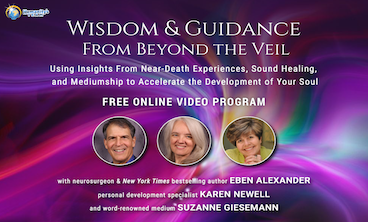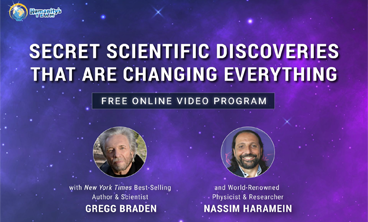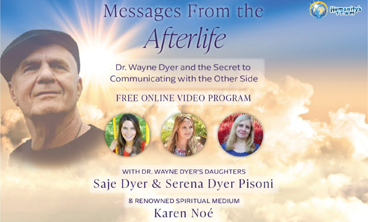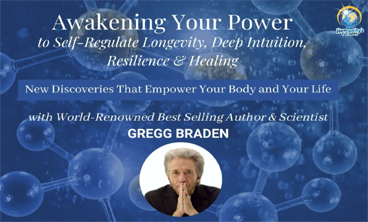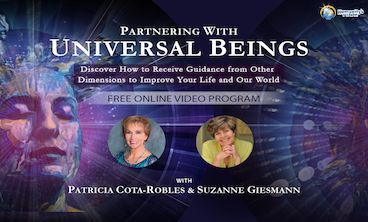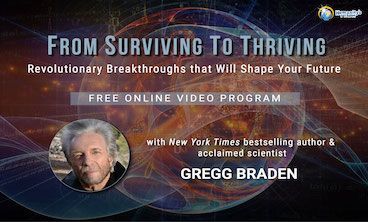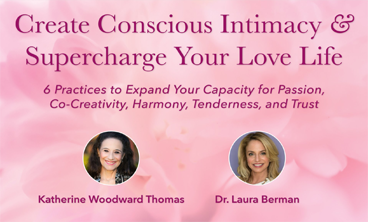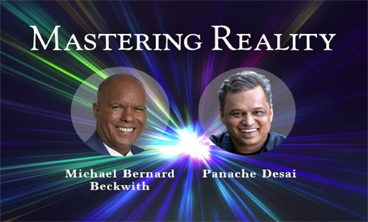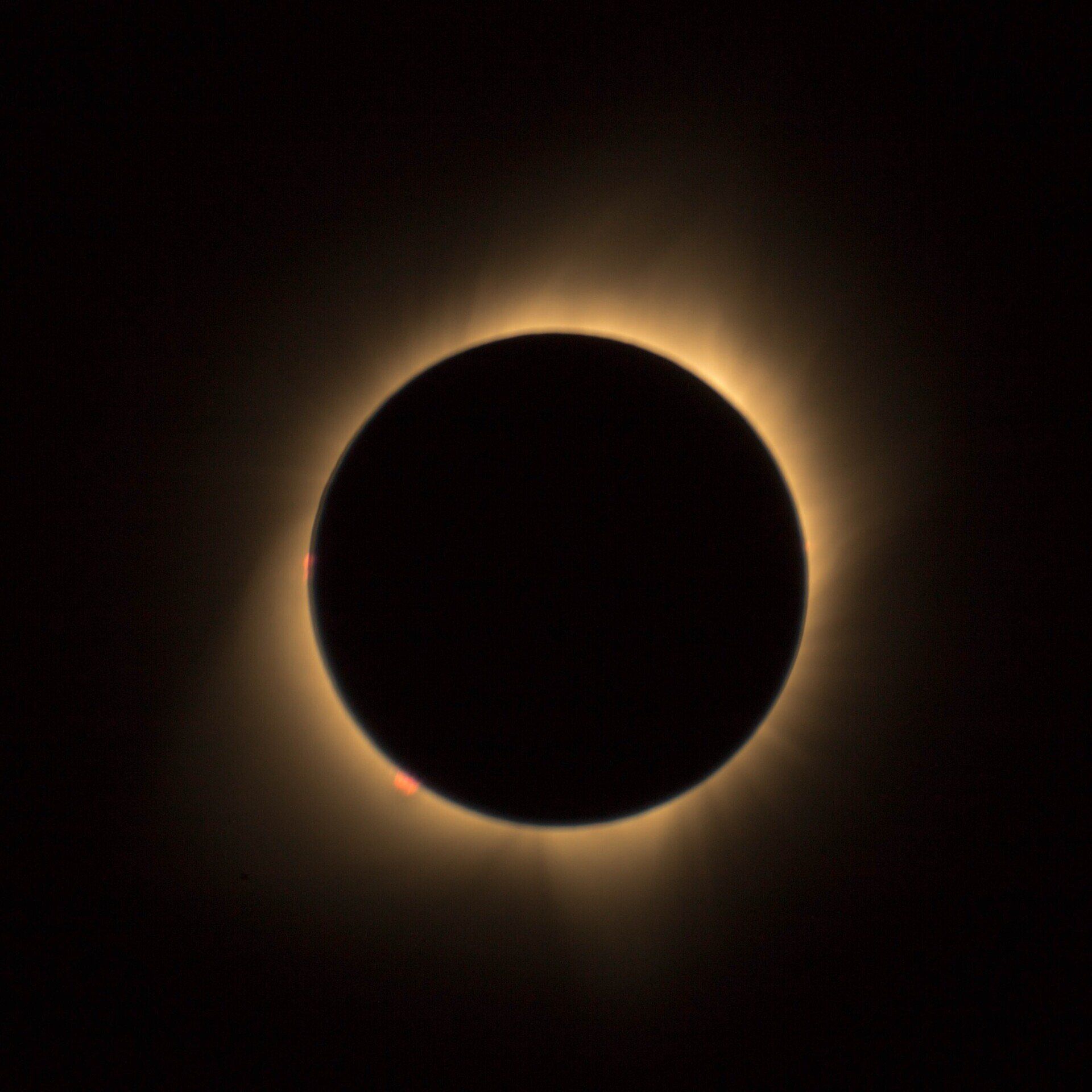
Seeing The Divinity of Darkness
We’re all familiar with the imagery of Light to explain spiritual concepts. We’re told things like, “Let your light shine before humankind,” and “light does not attack darkness, but it does shine it away.” And while these metaphors are critically important for our understanding of Spirit, they can also be limiting when used exclusively.
In wake of the global Black Lives Matter movement unfolding before our eyes, I believe it’s time to now illustrate the Divinity of Darkness.
Darkness is all-too-often equated with evilness, which I believe is largely due to our deeply-embedded association of Light with Holiness. This may not be too much of a problem on its own, but there’s another association at play; Lightness is tied to whiteness, and Darkness to blackness.
The critical thing to note is that neither light nor dark is inherently holy or evil; both are simply symbols used in metaphors to communicate Truth. And since we’ve for so long accentuated Truth through Light, let’s take some time to accentuate Truth through Dark.
Darkness is a sacred place of rest. The weary pray for the darkness and the rest that accompanies. For who sleeps with eyes wide open?
Darkness is the state of mind we seek in meditation. When we meditate, we tune out all senses and thoughts. This darkness of senses and thought allows Truth to be known.
Only in Darkness can stars and fireworks be seen. This interplay of light with dark allows for a beautiful surface of reality. Without both dark
and light, we would have no contrast.
Now here’s an important note: darkness is not evilness. This association has carried itself through our societal subconscious for far too long. Darkness is an attribute of the sensory world, whereas evilness is a concept of mind. It is possible to make an analogy
relating the two to make a point, but it is not possible to
equate the two.
And thus, Dark is as holy as Light. Day is as sacred as Night. Both concepts are symbols to communicate the deeper spiritual truth embedded within ourselves.
White light is the sum of all colors of light. We can thus “split” white light into a rainbow of color, as most of us have seen.
[light spectrum image here]
And equivalently,
Black pigment is the sum of all colors of pigment. Anybody who has painted understands this principle of mixing color.
So there are two equal framings of this fundamental concept that Truth is true, and illusion is dispelled in the presence of Truth. We can make the point through both light and dark.
We can make the point by saying, “Light doesn’t combat darkness; it merely shines it away.” But when we limit ourselves to this metaphor, we’ve become Light Supremacists.
We must now also complement this metaphor with, “Dark doesn’t combat lightness; it merely allows it to shine.”
What greater demonstration of Love is there than this? The perfect beautiful synergy of Light and Dark form the magnificent glory of all that we see.
By honoring Darkness, we are allowing Holiness to be seen in darkness. For both Lightness and Darkness are too grand symbols to be confined to evilness.
I hope that this thought-exercise has shined light on darkness...and then removed the light to allow for darkness to stand fully-formed on its own. We’re each called to take action and contribute to a solution; this begins Here Now, through our own perspective. Once we’ve unearthed such outdated and limiting concepts, it becomes easy to let their limitations vanish into the nothingness that is neither lightness nor darkness.
In Darkness and Lightness,
Timothy Noe
Share this post!
LATEST BLOGS
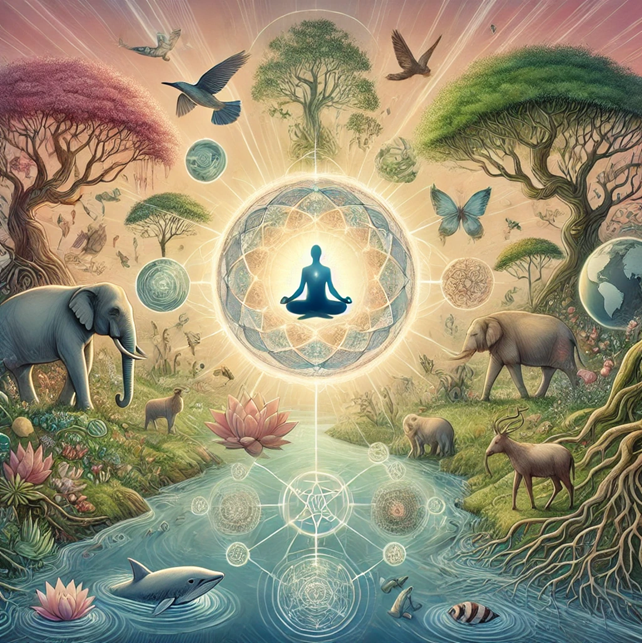



FREE PROGRAMS
LISTEN TO ONE OF OUR RECENT PODCASTS
Sign up now so you never miss a blog post, podcast,
or free event with Humanity's Team!


